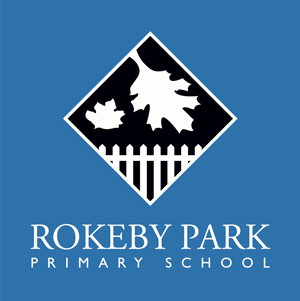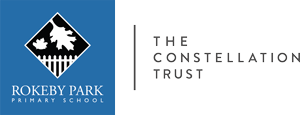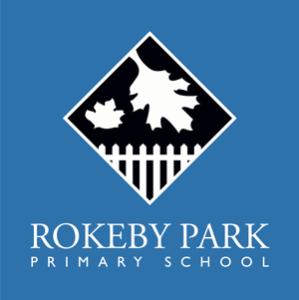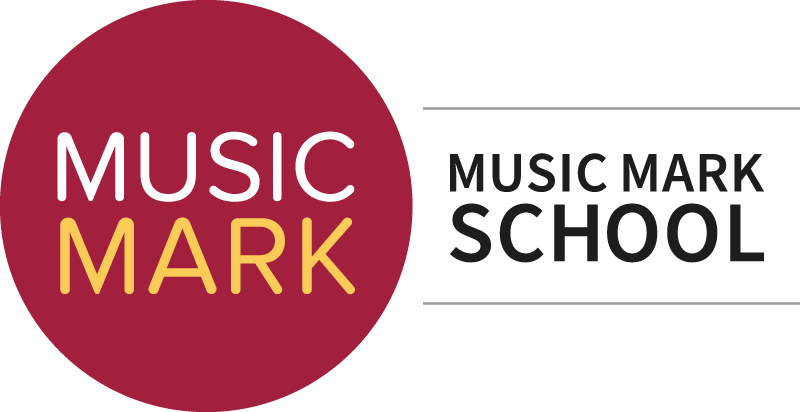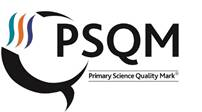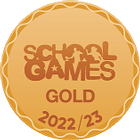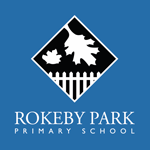
Design & Technology – curriculum information
Intent
At Rokeby Park Primary School, we have developed a high quality and ambitious design and technology curriculum which allows our pupils to recognise the importance of design and technology within their everyday lives. We explicitly teach pupils the skills and knowledge they need to become innovative and creative in the design and making process. Design and technology links strongly with our school values. It contributes to pupils taking responsibility for their learning and safety, respecting the views and opinions of others in relation to critique and evaluating and it also develops resilience and problem solving skills.
The design and technology curriculum at Rokeby is structured under the following areas of learning:
- Designing
- Making
- Evaluating
- Technical Knowledge
- Cooking and nutrition
To address these five areas, the design and technology curriculum at Rokeby is taught through a series of key concepts. These subject specific concepts are explored within each design and technology unit which allows pupils to experience different aspects of design and technology. These concepts are revisited as children move through the school to provide a deeper understanding and to build upon previously acquired knowledge progressively.
Second order concepts are also developed across the curriculum to provide children with the knowledge and skills needed to communicate their understanding and relate their knowledge to different practical examples.
The Second order concepts are:
- Responsibility: (working safely, how design can solve problems, choosing the right materials, responsibilities to customers to ensure quality / reliable products, healthy eating, quality ingredients)
- Similarity and difference: (making comparisons, noting differences and drawing conclusions)
- Cause and consequence: (identifying how things work, how an action can cause change/movement)
- Significance: (significant designers and designs, real world examples of effective and successful products)
- Written and oral expression: (Using terminology, evaluating, creating accurate designs, labelling and annotating, explaining processes, presenting)
To deliver the key concepts, second order design and technology concepts are taught and applied though each unit and build progressively as pupils move through the school. Pupils will also explore design and technology through these second order concepts in all year groups, promoting consistency across the school. A design and technology progression document identifies the key knowledge and objectives required for each year group to teach all of the key concepts to the children. These objectives are ordered throughout the year carefully so they are progressive learning is deep and embedded.
End Points:
By the end of EYFS, pupils will:
- be able to explore and choose a range of materials to create and make things
- be able to investigate how things work and
- draw, build and make things which fulfil a function
By the end of Key Stage 1, pupils will:
- learn the knowledge and skills needed to design and make products for a range of relevant contexts
- be able to design and test products that are purposeful and appealing
- select tools and materials which are most suitable to make their products from
- evaluate their products against existing products and design criteria
- develop the technical knowledge needed to build structures which are stronger and more stable and be able to use a range of mechanisms
- develop an understanding of where food comes from and how to use the basic principles of a healthy diet to make their own simple dishes
By the end of Key Stage 2, pupils will:
- develop further knowledge and skills to enable them to design and make purposeful and quality products in different contexts
- be able to research how existing products work and use this to develop designs and products to meet a design brief
- be able to produce more detailed, annotated designs and to test and refine their ideas
- be able to select and use a wider range of tools and materials according to their function and properties
- develop the technical knowledge required to make their products work effectively
- be able to evaluate the effectiveness and quality of their products and use this to improve their work
- develop an understanding of a healthy and varied diet and be able to prepare and cook a range of dishes
Implementation
Our ambitious design and technology curriculum has been developed using the Kapow Primary Scheme. The scheme aims to inspire pupils to be innovative and creative thinkers who have an appreciation for the product design cycle through ideation, creation, and evaluation.
Pupils develop the confidence to take risks, through drafting design concepts, modelling, and testing to be reflective learners who evaluate their work and the work of others. Through the scheme of work, children become resourceful, enterprising citizens who will have the skills to contribute to future design advancements.
The National Curriculum for design and technology outlines the three main stages of the design process: design, make and evaluate. Each stage of the design process is underpinned by technical knowledge which encompasses the contextual, historical and technical understanding required for each strand. Cooking and nutrition have a separate section, with a focus on specific principles, skills and techniques in food, including where food comes from, diet and seasonality.
The Kapow design and technology scheme of work is designed with five strands that run throughout. These are:
- Designing
- Making
- Evaluating
- Technical Knowledge
- Cooking and nutrition
The design and technology curriculum outlines the three main stages of the design process: design, make and evaluate. Each stage of the design process is underpinned by technical knowledge which encompasses the contextual, historical and technical understanding required for each strand. The Kapow Primary scheme is a spiral curriculum, with key areas revisited again and again with increasing complexity, allowing pupils to revisit and build on their previous learning. Lessons incorporate a range of teaching strategies from independent tasks, paired and group work including practical hands-on, computer-based and inventive tasks. This means that lessons are engaging and appeal to those with a variety of learning styles.
Teaching Sequence
A typical teaching sequence would include:
- Place the D&T unit in the context of similar past learning in the subject
- Review the learning covered in previous lessons
- Deliver a design brief, posing a relevant problem to be solved
- Children research existing products and possible construction materials/ingredients/tools
- Children create their own designs in response to the brief and their own research
- Children make the product (including making and evaluating a technical aspect first or producing and refining a prototype if appropriate)
- Children evaluate their product with reference to the original design brief
Impact
The impact of learning is measured through lesson outcomes and individual work produced, which demonstrate the skills and creativity that has been used. Where learning is not secure, additional learning opportunities will be provided to address this.
Design and technology standards are monitored through the use of the Integris assessment which records attainment against year group objectives. Class ‘Big Theme Books’ evidence class projects and demonstrate the children’s acquisition of identified key knowledge and vocabulary.
All children, including disadvantaged children, will have acquired skills that are transferable across the rest of the curriculum, their future education and life beyond.
Further information
‘Being here for 5 years (almost my whole life) makes me feel special its almost like home’
‘I’ve really enjoyed the hard work we have been given in maths.’
‘I’ve enjoyed all the learning I’ve done in school and I’ve made lots of brilliant friends.’
‘I love English because it brings my imagination to life’
‘All school trips are amazing, especially Robinwood.’
‘My best memory was when it was Rokeby’s got talent and at the end the teachers all got up and danced’
‘started here in Year 5 and I’ve enjoyed everything at Rokeby Park Primary – it’s the best.’
‘Maths is my favourite subject because I enjoy the challenges we are set.’
